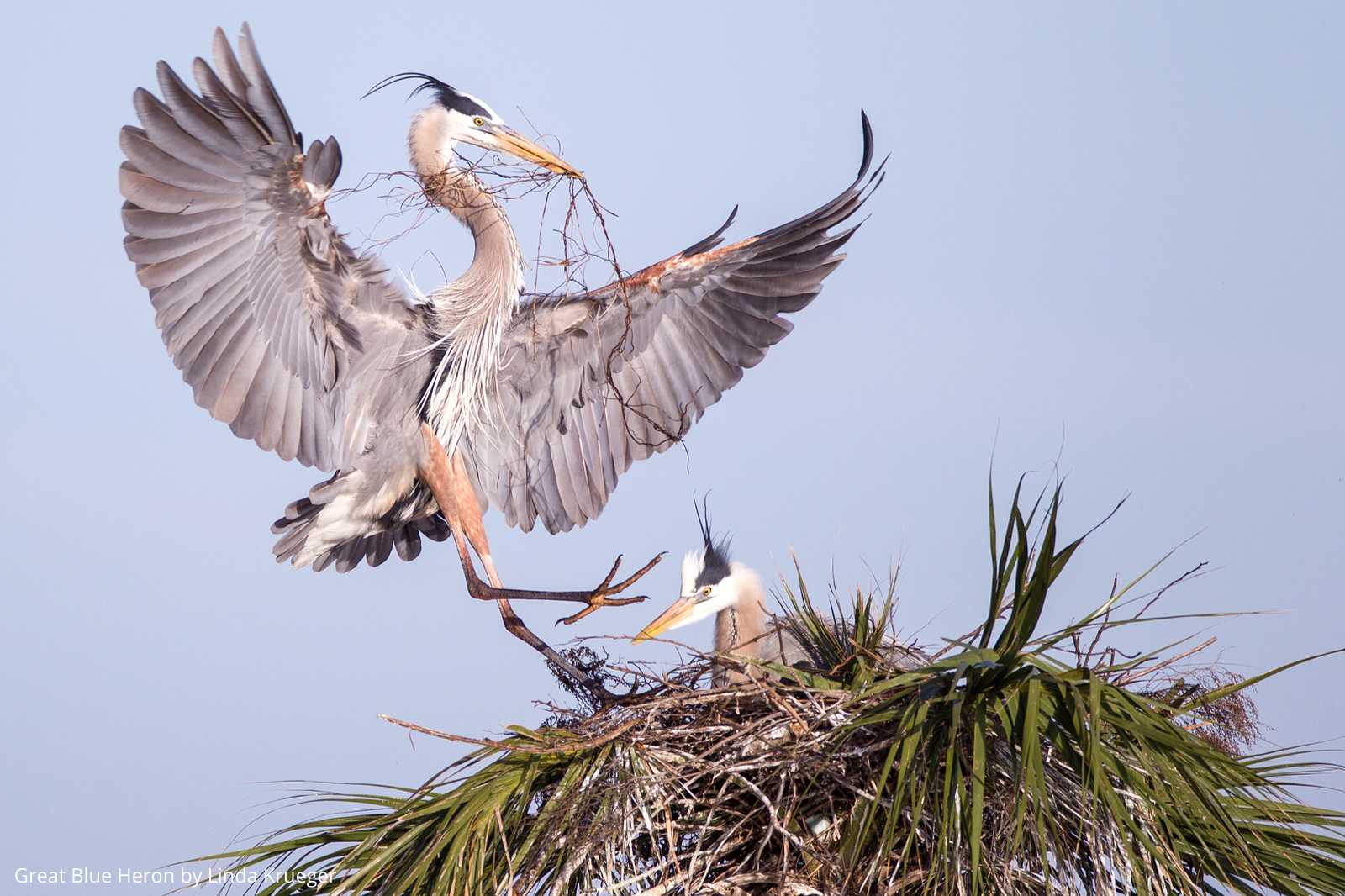
By Judith Scarl, Executive Director and CEO
The last decade has been a wild and wonderful journey for the American Ornithological Society (AOS), as we’ve changed, grown, and adapted in significant and positive ways. In 2015, we merged two major ornithological societies, the American Ornithologists’ Union and the Cooper Ornithological Society. The year before, in 2014, we hired our first full-time, permanent staff member; currently, our six full-time and one part-time staff allow us to provide improved and more consistent services to our members. A generous gift from prominent ornithologist Brina Kessel in 2017 has allowed us to financially support more research and has increased our flexibility to fund priority programs and new initiatives. Within the AOS, as well as nationally and globally, an increasing spotlight on diversity and inclusion, a global pandemic, a deeper understanding of the urgency of conservation initiatives, and shifting priorities for science funding have shaped both opportunities and challenges for the AOS and affect how we define our niche and our priorities for the future.
In response to these changes, the AOS has initiated a strategic planning process to define where we’re going and how we can get there. Strategic planning, when implemented thoughtfully and in an organized and inclusive way, can be one of the most important investments an organization can make to identify common and high-priority goals, define its unique niche, identify opportunities, and develop action plans to advance important initiatives that tie back to broader goals. In 2019 and 2020, the AOS verified our mission, identified five long-term strategic goals, and brainstormed about major new initiatives that would advance these goals. In 2022 and 2023, we are refocusing our efforts on strategic planning to establish and advance an updated and unified vision of ornithology—and specifically of the AOS—for the future.
In late 2021 and early 2022, many of you participated in a survey to evaluate AOS’s culture and help us identify ways to create a more welcoming Society that fosters a sense of being valued and belonging. We are using results from this survey to guide both our DEIJ-focused initiatives, as well as our organizational priorities and culture more broadly. Later this year, we’ll ask you to share your perspectives again. Our strategic planning process will kick off with a broad survey of our members and other stakeholders to hear your thoughts on what you’d like to see from the AOS. We value your input on what you see as the AOS’s highest priority programs and initiatives, your needs as an ornithologist, and how you’d like the AOS to evolve in the future.
Successful strategic planning will enable us to identify the big-picture desired outcomes from our work, prioritize initiatives that will take us there, and plan for the cost of implementation. We are excited to work with you to guide the AOS’s future!

With so many things changing, this is a great time to be doing this Strategic Planning. Tom Robben, COA, Connecticut Ornithology Association.